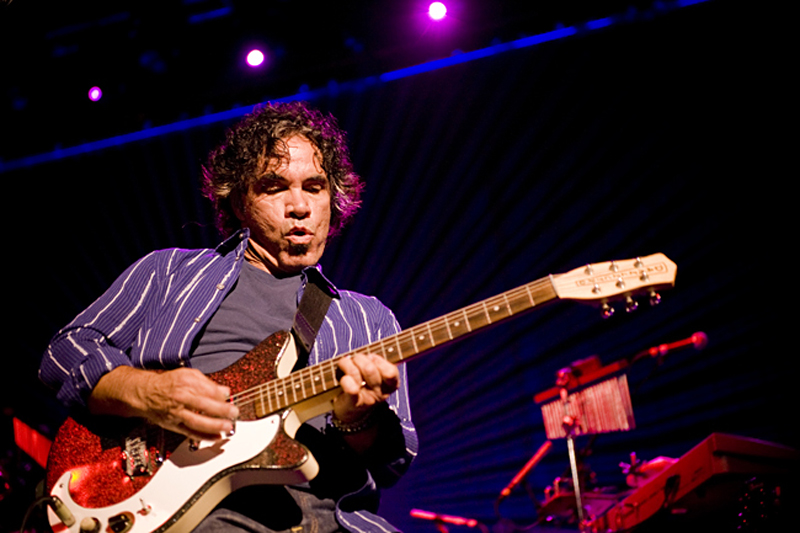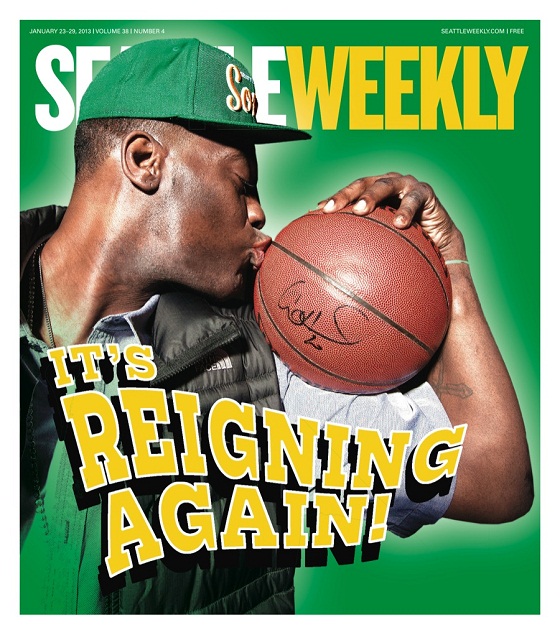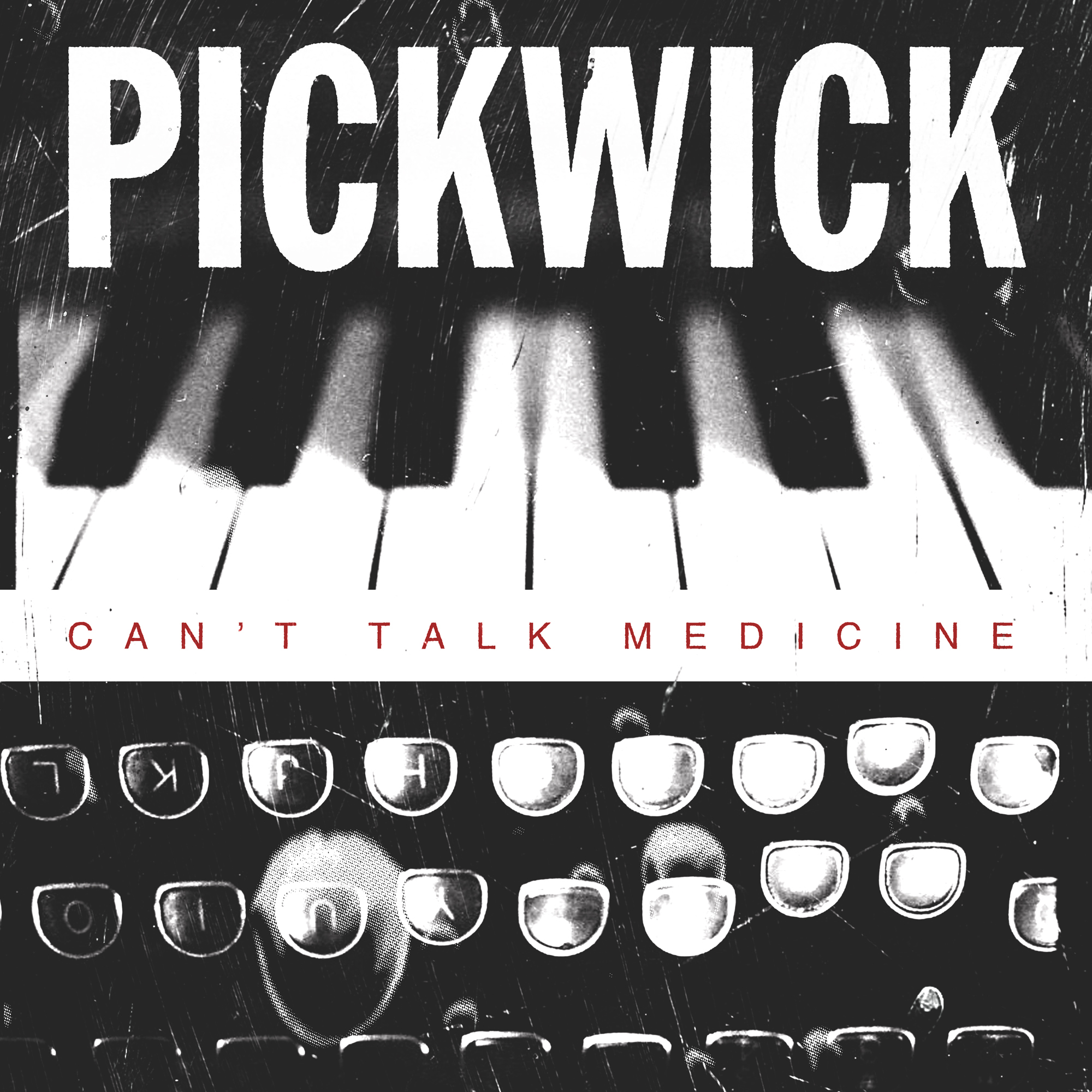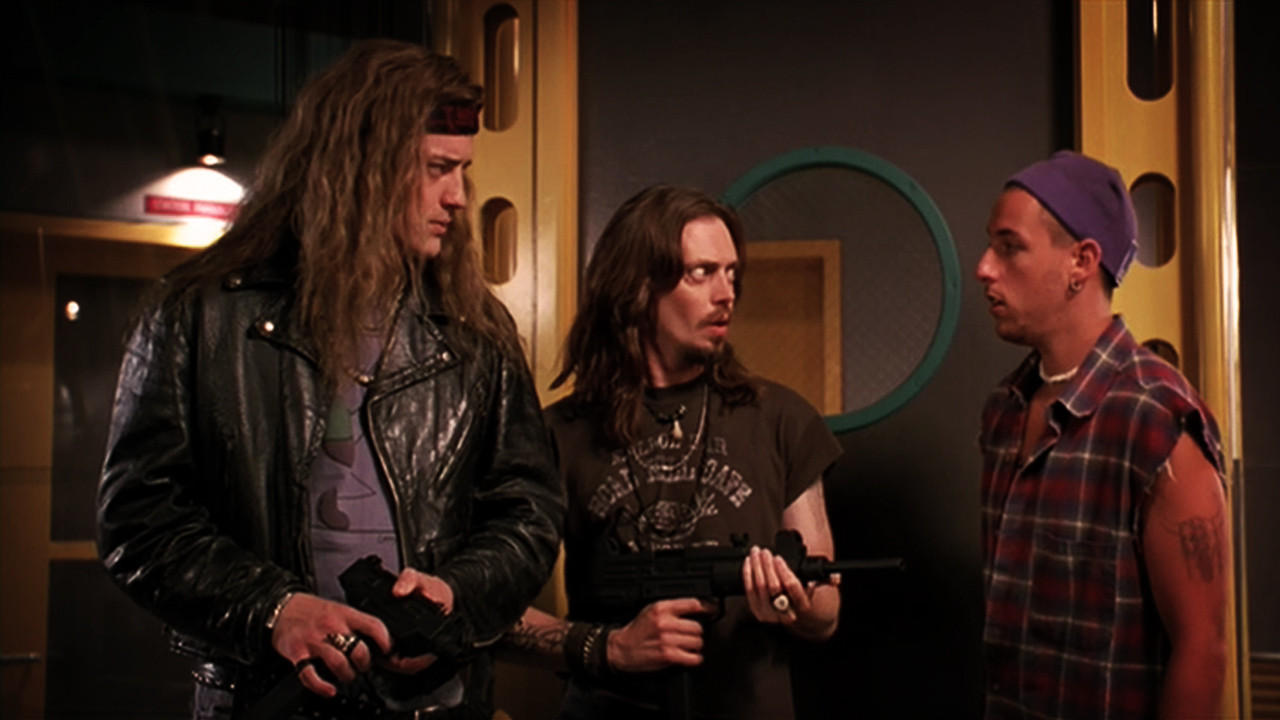There was wiggle room aplenty at Bumbershoot 2011, and if you found a line it was probably for what appeared to be the only coffee vendor on the Seattle Center grounds (Starbucks in the Center House). Which highlights the following irony: The best weather the festival has seen in five years was accompanied by some of its worst crowds.
After a weekend spent wandering around hoping to find a hint of old Bumbershoot, it’s clear that the amoeba of fans that once moved in rhythm under the shadow of the Space Needle is nowhere to be found. And barring a home-run strategy, it’s not going to return.
Old Bumbershoot was a mess of the biggest names in rock and pop coupled with arts and culture spectacles big and small. Spread across a few dozen stages, its 74 acres was held together by buskers, proud freaks, and a sea of humanity that filled every pathway and strawberry-sundae line. Leaving a stage is when you truly experienced the festival. It was the spontaneity and happy mistakes made possible by the one-of-a-kind atmosphere that made Bumbershoot, to borrow the words of bandmates in local indie-pop outfit LAKE, “a historic festival.” Bumbershoot—for all the megastars it once hosted—used to be the headliner. But the masses are gone, and with them possibly the festival itself.
Bumbershoot can’t go small. That’s not possible considering the tens of thousands of moving pieces (determined attendees) it took to create it. It’s got to become something new.
One Reel brass, the ones running the fest, deserve credit for recognizing Bumbershoot’s predicament more keenly than anyone. After years of dwindling crowds, One Reel spent two seasons reinventing; last year it offered a reduced-priced “economy” ticket, and this year it reduced the price of all tickets and lowered the star power on a smaller mainstage. But the solution—a new formula for a sustainable, unique festival—remains elusive.
Maybe the tea leaves were read wrong. Maybe instead of trying to create an affordable festival for everyone, the festival should become an expen-sive festival for a targeted audience. Sasquatch!, Bonnaroo, Lollapalooza, and Coachella sell thousands of tickets long before their lineups are ever released. Fans don’t know the bands, but they know what to expect. And they’re willing to pay handsomely—almost twice the cost of Bumbershoot—to experience it. Marquee headliners, it’s been rightly said, don’t make festivals, and never defined Bumbershoot. But this year proved they’re more a catalyst of the fest’s greatness than was previously acknowledged.
Bumbershoot’s not dead. A patient base of fans enjoyed the mix of, say, Hall & Oates, Sallie Ford, and Fitz and the Tantrums. And it would be a shame—a travesty—for the festival to throw in the towel. But the takeaway from Bumbershoot 2011 is the same as from 2010: It’s gotta be different next year, or else.








